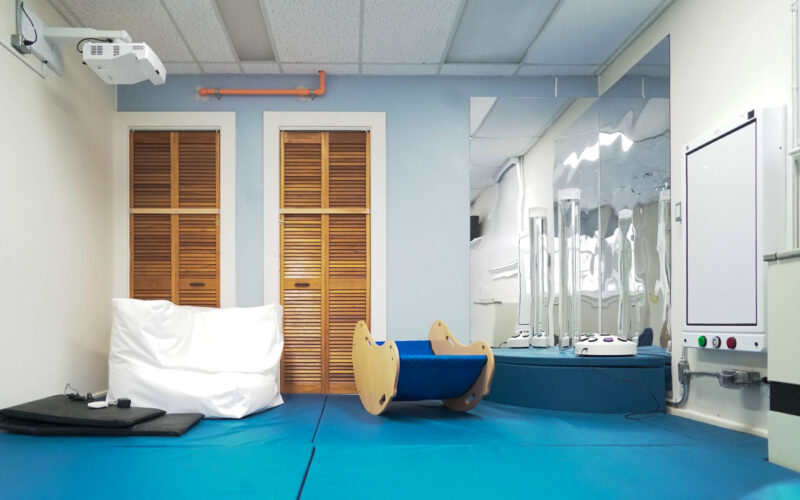Surrey Place unveils recently acquired technology that will enhance the way Fetal Alcohol Spectrum Disorder (FASD) diagnoses take place in Toronto.
On September 9, 2019 as part of Fetal Alcohol Spectrum Disorders (FASD) Awareness Day and Month, Surrey Place will host an awareness event and technology launch. The event will take place at 12 pm and includes a demonstration of the Vectra H2 3D camera which will strengthen diagnostic accuracy, and in turn, improve supports for individuals, families, and caregivers affected by FASD.
The International FASD Awareness Day, 09/09 started in 1999 as a reminder that during 9 months of pregnancy, a woman should remain alcohol free, and to create large-scale public awareness of this issue. This year Surrey Place continues the tradition by asking Torontonians to wear red in support of FASD awareness and by advancing FASD diagnostics through the launch of the 3D camera.
The camera will be the first of its kind to be used in Toronto at an FASD clinic and will enhance clinical assessment of FASD for individuals across the lifespan. The new technology will allow for better identification of subtle indicators of prenatal alcohol exposure by improving accuracy of facial analysis.
FASD is brain-based and therefore, a largely invisible injury. However, in about 8% to 10% of cases, there are subtle facial features that can be detected through facial analysis and these features can be used to confirm prenatal alcohol exposure. Confirmation of prenatal alcohol exposure is required for FASD diagnosis and using facial features for confirmation is very important in situations where history is not available, such as when an individual is adopted, or parents cannot be located. The new 3D camera is therefore incredibly helpful.
“We are excited to have this new technology because it will improve the quality of our facial analysis.”
Dr. Shirley McMillan, Nurse Specialist with the FASD clinic at Surrey Place
The importance of diagnosis in FASD cannot be overstated. “Diagnosis is important because it is the first step toward understanding an individual’s challenges and getting appropriate supports and treatments in place. Without diagnosis, individuals are often misunderstood as behaving poorly or not trying hard enough. Understanding that the behaviour is due to a disability can lead to instituting supports rather than punishments and therefore better outcomes for everyone.”
Dr. Valerie Temple, Psychologist and Lead for the FASD clinic at Surrey Place
About FASD
FASD is an umbrella diagnostic term describing the range of effects that can occur in an individual who was prenatally exposed to alcohol. These effects may include intellectual, physical, and behavioural difficulties with lifelong implications. While individuals with FASD may share common features, every individual is unique with their own strengths and challenges. A common misconception is that FASD is associated with social, ethnic, or cultural backgrounds. However, FASD occurs in all cultures and levels of society. Based on the most current research, the estimated prevalence of FASD in the general Canadian population is 3% to 4%, or about 1.4 million people (CanFASD).
About Surrey Place
Surrey Place provides specialized clinical services for children and adults living with developmental disabilities, autism spectrum disorder and visual impairments. We work with individuals of all ages to learn new skills, gain self-confidence, and find hope. Our compassionate, clinical experts work as a team. We create responsive, reachable plans of care that integrate multiple services, and include the individual’s community. We offer a variety of groups and workshops for individuals, families, and caregivers, as well as extensive education and consultation services to community agencies. Located across Toronto, and with a reach across Ontario, our locations offer a welcoming, inclusive, and safe space for high quality, evidence-based services.
Download the Press Release by clicking here.
For further information, media contact:
Lisa Binns
Director, Children’s Intake and Wellness
T: 416-925-5141 ext. 2384
E: lisa.binns@surreyplace.on.ca


